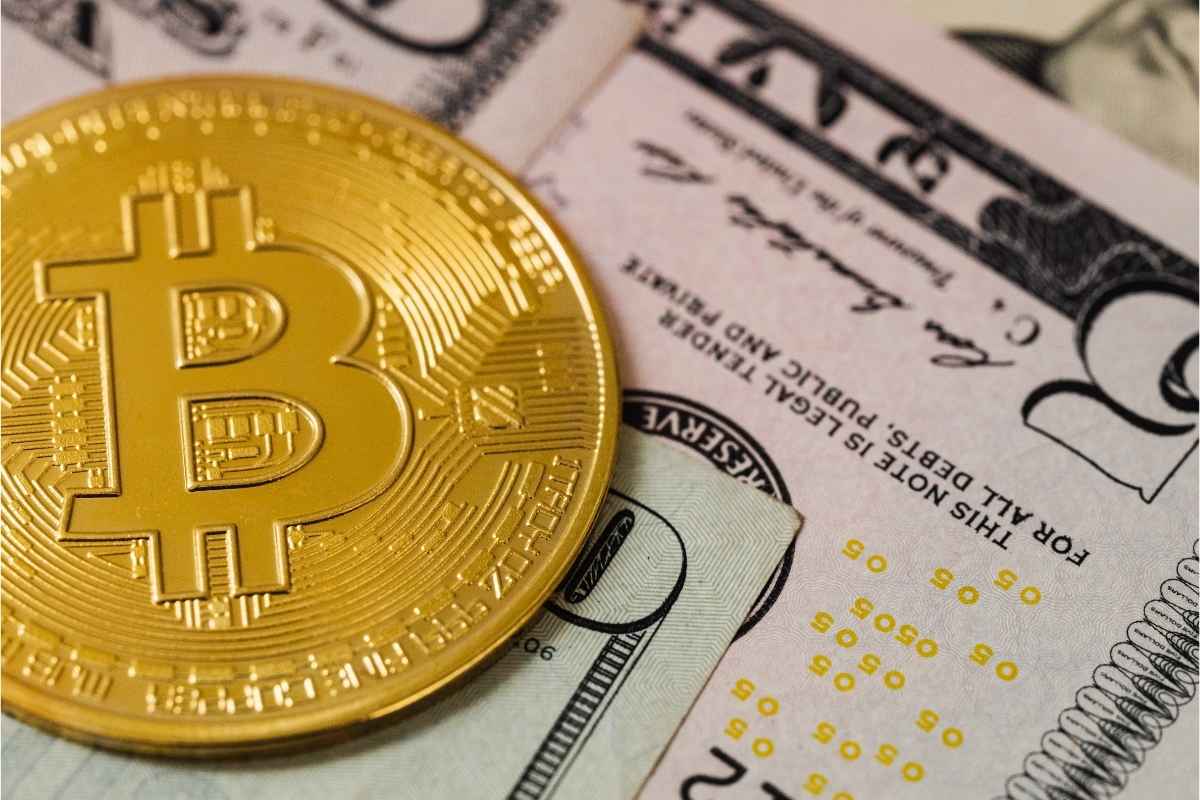
In the Ethereum ecosystem, there is a denomination unit called Gwei, which is used to measure transaction fees. “Gwei” comes from the words giga + wei, where wei is the smallest fraction of ETH. One Gwei equals 0.000000001 ETH (or one billion wei).
Gwei functions as a sub-unit of ETH, making it easier to calculate transaction costs on the Ethereum network. By understanding Gwei, users and investors can make wiser decisions when paying for Ethereum network fees.
Read also: Ethereum, the Blockchain Platform for Smart Contracts & DeFi
The Function and Relationship Between Gwei and Gas Fees
The Gas Fee System in Ethereum
In the Ethereum network, every transaction or interaction with a smart contract requires something called gas. Gas measures the amount of computational resources needed to execute a transaction.
The fee we pay to the Ethereum network is the result of Gas Limit × Gas Price, where Gas Price is usually measured in Gwei.
For example: if the Gas Limit = 21,000 and the Gas Price = 100 Gwei, then the total cost = 21,000 × 100 = 2,100,000 Gwei → when converted to ETH = 2,100,000 ÷ 1,000,000,000 = 0.0021 ETH.
The Role of Gwei in Transaction Fees
Gwei is used as the unit for measuring the Gas Price per unit of gas. The higher the Gas Price (in Gwei) you set, the faster your transaction will be processed by validators or miners since the incentive is higher.
Conversely, if you set the Gas Price too low, your transaction may be delayed or even fail to process, as miners prioritize transactions with higher fees.
Why Gwei Fees Can Fluctuate
Several factors cause the value of Gwei (or the cost in Gwei) to rise or fall:
- Network congestion: When many transactions are waiting to be processed, users compete by paying higher gas fees to speed up their transactions, which increases the Gwei rate.
- Transaction complexity: Interactions with smart contracts or DeFi applications typically require more gas, increasing the total cost (Gas Limit × Gas Price).
- Transaction timing: At certain hours or days, network activity is higher, causing fees to rise. Conversely, during quieter periods, gas fees tend to be lower.
Tips for Choosing an Efficient Gas Price (Gwei)
- Check the network condition first. If the network is congested, you may need to choose a slightly higher Gas Price to ensure your transaction is processed quickly.
- Use tools or websites that display real-time Gas Price estimates. This helps users select competitive Gwei rates without overpaying.
- Timing affects cost. For example, sending transactions when users in the U.S. or Europe are active may lead to higher fees. Doing so during off-peak hours can be more cost-efficient.
Read also: 7 Ethereum Investment Tips for Better and Safer Results
Conclusion
Understanding Gwei is essential for anyone using the Ethereum network — whether for simple transfers or complex DeFi interactions. Gwei is a more convenient unit for measuring Gas Price than using ETH in tiny fractions. By knowing how Gwei works, users can optimize their transaction costs, avoid overpaying, and choose the right time and price for efficient transaction processing.













%201.png)


